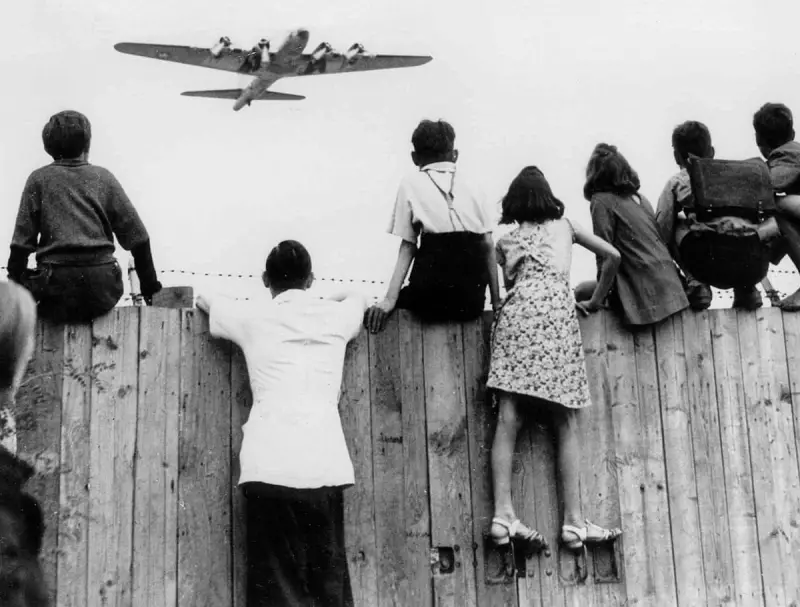
History appears to be circling back with unsettling familiarity as Western powers face a chilling contemporary dilemma reminiscent of the Cold War's most dramatic humanitarian operation. The spectre of the 1948 Berlin Airlift looms large over current geopolitical tensions, presenting urgent questions about civilian protection in an era of renewed East-West confrontation.
The Ghost of the Airlift Returns
Seventy-five years after Western pilots defied Soviet blockades to sustain millions of Berliners, a similar crisis of civilian welfare is unfolding. The original airlift saw British, American, and French aircraft deliver over 2.3 million tons of supplies in a monumental display of humanitarian resolve. Today, as Moscow's aggression intensifies, Western capitals are grappling with how to apply those historical lessons to modern conflicts.
From Blockaded City to Digital Frontiers
The contemporary battlefield extends far beyond physical borders. Where Stalin once used physical blockades, modern adversaries employ cyber attacks, energy weaponisation, and information warfare to isolate civilian populations. The fundamental challenge remains unchanged: how to sustain innocent lives caught between geopolitical giants.
Military strategists and humanitarian organisations are quietly studying the airlift's blueprint. The operation demonstrated that determined democracies could overcome immense logistical challenges through coordination and innovation. Today's equivalent might involve securing digital infrastructure, ensuring energy resilience, or creating humanitarian corridors in conflict zones.
Moscow's Modern Playbook
Current Russian tactics reveal a sophisticated evolution from Soviet-era strategies. Where previous blockades were territorial, modern methods target economic stability, energy security, and digital connectivity. The civilian population remains the ultimate pawn in this high-stakes game, just as Berliners were during those tense post-war years.
Western Response: Between Caution and Moral Imperative
Western governments navigate a delicate balance between avoiding direct military confrontation and fulfilling their responsibility to protect civilians. The Berlin Airlift succeeded precisely because it provided essential support without escalating into open warfare—a precedent that remains highly relevant today.
The psychological dimension cannot be overstated. The sight of Allied planes consistently arriving gave West Berliners hope during their darkest hours. Similarly, modern democratic nations must find ways to demonstrate solidarity with vulnerable populations without crossing red lines that could trigger broader conflict.
Learning from History's Success
The original airlift's success rested on several key factors that remain instructive:
- International coordination: Multiple nations working in concert
- Technological innovation: Developing new supply methods under pressure
- Public support: Maintaining domestic backing for sustained operations
- Strategic patience: Committing to long-term solutions
As Western leaders contemplate their options, they would do well to remember that the Berlin Airlift ultimately strengthened NATO, demonstrated democratic resolve, and became a defining moment of moral leadership. The same principles could guide contemporary responses to humanitarian crises born from geopolitical aggression.
The question facing today's decision-makers isn't merely technical or logistical—it's fundamentally moral. The memory of those propeller-driven aircraft delivering hope to a besieged city serves as both inspiration and warning. As new threats emerge, the world watches to see if democratic nations can summon the same courage and creativity their predecessors displayed in that first great test of the Cold War.





